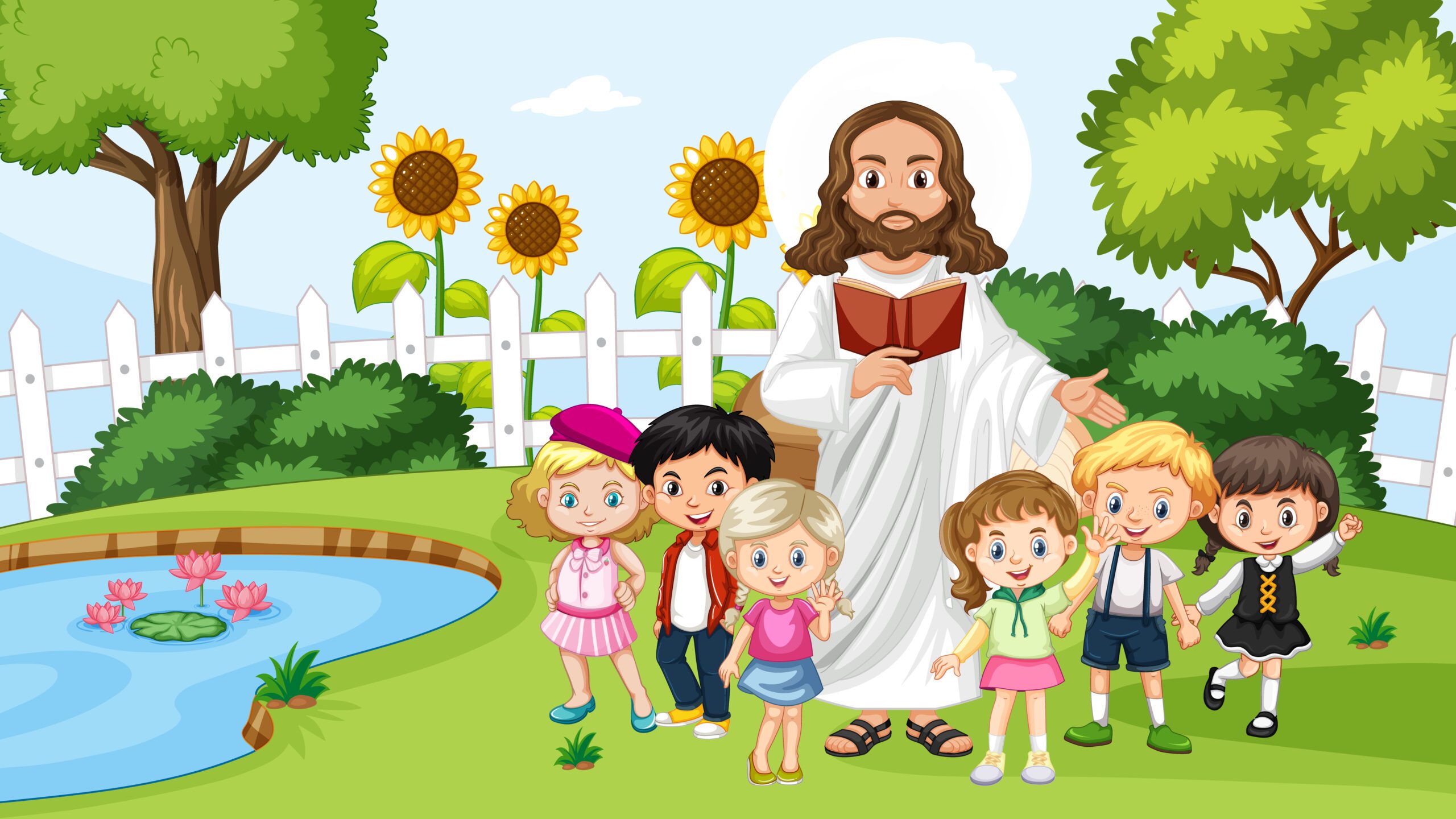Gamification in Church Education: Engaging the Next Generation
Reaching the next generation with biblical teaching requires more than traditional methods. Today’s kids and teens are digital natives, used to interactive experiences in school, games, and social media. Gamification—applying game design elements in non-game contexts—offers churches a way to connect with them in a language they understand.
What Is Gamification?
Gamification uses game-like elements such as points, levels, rewards, and challenges to increase engagement and motivation. In church education, this can mean transforming lessons, activities, and Bible memory into experiences that are fun and meaningful.
Why Gamification Works for Church Education
- Increases Participation: When kids know they can earn badges, points, or prizes, they’re more likely to show up and engage.
- Reinforces Learning: Game mechanics like quizzes, challenges, or scavenger hunts help reinforce biblical concepts in creative ways.
- Builds Community: Group-based games foster teamwork, friendly competition, and shared achievement.
- Offers Immediate Feedback: Kids get real-time responses through progress tracking, which boosts confidence and growth.
Practical Ways to Use Gamification in Church Settings
1. Points and Rewards Systems
- Award points for attendance, bringing a Bible, memorizing verses, or participating in service projects.
- Create a rewards store where kids can redeem points for small prizes.
2. Bible Trivia and Quizzes
- Use interactive quiz apps or print materials to test Bible knowledge.
- Incorporate leaderboards to celebrate high scores and encourage improvement.
3. Challenges and Milestones
- Set weekly or monthly challenges like learning a verse, completing a devotional, or serving in the community.
- Use charts or apps to track progress.
4. Themed Events or Series
- Create series with a storyline or mission (e.g., “Bible Detectives” or “Faith Quest”) where each week builds on the last.
- Include tasks, roles, or “missions” kids must complete.
5. Badges and Digital Achievements
- Award virtual badges for completing activities or reaching milestones.
- Use ChMS tools or classroom apps to manage and display progress.
Tools and Resources to Help
- Kahoot!, Quizizz, and Classcraft: Interactive platforms great for live games and quizzes.
- Planning Center or other ChMS tools: Track attendance and engagement.
- Google Forms or Slides: Create custom quizzes or mission trackers.
Best Practices for Church Gamification
- Keep it simple: Don’t overwhelm with too many layers.
- Keep it fair: Ensure every child has an opportunity to succeed.
- Keep it gospel-centered: Use games to reinforce, not replace, spiritual growth.
- Keep parents informed: Encourage them to support and celebrate progress at home.
Conclusion
Gamification isn’t about turning church education into a game—it’s about meeting young learners where they are and helping them grow in faith through engaging, meaningful experiences. By incorporating interactive elements into your teaching, you can capture kids’ attention, deepen their understanding, and make church a place they’re excited to return to each week.
editor's pick
News via Inbox
Stay ahead in the fast-evolving world of church technology with our Newsletter! By subscribing, you will gain access to a wealth of information and resources designed to keep you informed and empowered.






